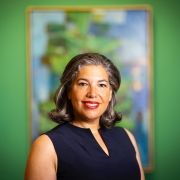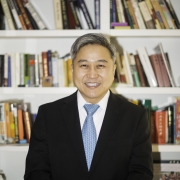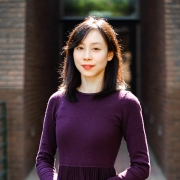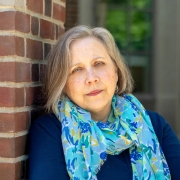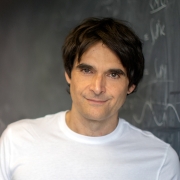Etienne Benson Writes History of American Urban Squirrel
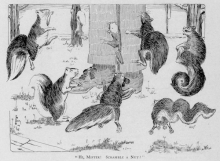
Though many people believe squirrels have existed in urban landscapes since Europeans arrived in the U.S., their presence is actually the result of intentional introductions. In his paper, “The Urbanization of the Eastern Gray Squirrel in the United States,” Assistant Professor of History and Sociology of Science Etienne Benson examines how the now-ubiquitous squirrel found a home American cities, and how its presence there altered people’s conceptions of nature and community. The study was published in the Journal of American History.
By the mid-19th century, squirrels had been eradicated from cities. They were re-introduced as part of a broader ideology which regarded nature in the city—parks—as essential to maintaining people’s health and sanity, and to providing leisure opportunities for workers who could not travel outside the city, especially children. Benson also found that feeding squirrels was considered a way of encouraging humane behavior in city residents. The first documented introduction occurred in Philadelphia’s Franklin Square in 1847.
These “squirrel experiments” ended by the 1860s, when many of the cities’ squirrel populations had died out or were killed amid concern that they would disturb birds and consequently lead to insect problems. But releases began anew in the 1870s, this time on a larger scale as expansive parks were built in major cities along the eastern seaboard. By the mid-1880s, the squirrel population in Central Park was estimated at 1,500.
By the early 20th century, though, booming populations again became a nuisance to city residents. By the time the environmental movement took hold in the 1960s and 1970s, squirrels in the urban environment were no longer widely seen as morally significant members of the community and instead began to be viewed with a more ecological mindset. “There is a shift at the end of the 20th century, where it becomes almost a crime or a sin to feed animals, which is entirely the opposite of where it was earlier,” Benson says.
Read the full story here.

